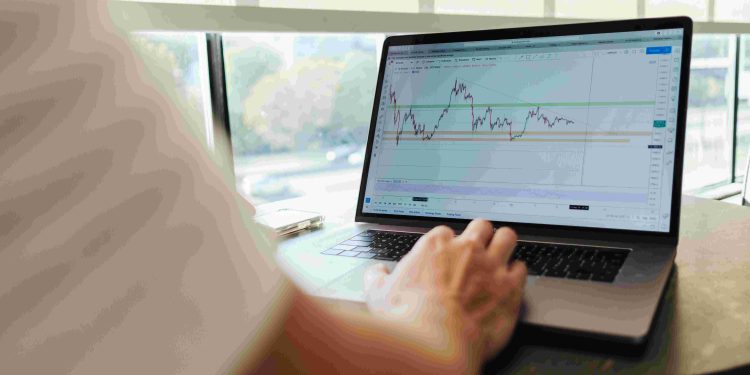Trend Rating Analysis Methodologies
Do we measure too much and learn too little?
The era of big data has turned us into relentless evaluators, but are our methodologies for trend rating keeping pace with the complexities of the modern world? Trends are more than mere datapoints—they are reflections of collective human behavior, motivations, and aspirations. Yet, too often, our approach remains trapped in outdated models, failing to probe the deeper currents shaping our society.
From Personal Intuition to Analytical Rigor
I once worked on a project where trend prediction was critical to the company’s next strategic move. Armed with a pile of charts, data points, and historical analyses, I felt prepared. However, as weeks passed, I realized our traditional process missed something: the seemingly unquantifiable human element. The lessons learned from that experience made me question the tools we rely on, inspiring a journey to explore methodologies that combine intuition with innovation.
Challenging Conventional Approaches
Standard trend analysis often leans heavily on linear data extrapolations or narrow demographic insights. But the world is anything but linear. In psychology, there’s a concept called “emergent behavior” — phenomena that arise unpredictably from simple interactions. Could trends operate in a similar way? When we view humans not just as consumers but as active participants in shaping cultural and economic movements, new methods of comprehension emerge.
Interdisciplinary Insights: What Can We Learn from Philosophy and Technology?
Western philosophy has long examined patterns and rhythms in history. Hegel’s dialectics, for instance, view societal progress as a series of contradictions and resolutions. Isn’t this what modern trends demonstrate — the rise of minimalist living in response to consumer overload, or the demand for human authenticity in an age of AI and digital cloning?
Technologically, machine learning offers fresh dimensions for understanding trends. By using predictive algorithms, we can analyze not just what people say but how they feel, unlocking emotional cues that static datasets often miss. This combination of philosophical frameworks and advanced tools brings clarity to chaotic patterns.
Practical Strategies for Better Trend Rating
-
Adopt a Multi-Lens Approach:
Combine psychology, cultural anthropology, and statistical models when analyzing trends. -
Embrace Contradictions:
Look for insights in opposites, such as trends that both resist and reinforce the status quo. -
Focus on Narratives:
Data alone lacks depth. Understand the stories and motivations behind trends. -
Continuous Review:
Trends evolve swiftly. Commit to ongoing analysis instead of one-time assessments. -
Experiment with Microtrends:
Test small-scale societal shifts before scaling strategies globally.
The Future of Trend Analysis
What will trend rating look like a decade from now? As AI becomes more integrated into our tools, it’s tempting to imagine a world where human intuition fades into obsolescence. But I argue the opposite will happen. The richness of human experience—the unquantifiable, raw, and emotional—will become the counterweight to overly mechanized models.
Moreover, societal focus will likely shift toward trends that address global challenges. Climate-conscious practices, innovative education technologies, and mental health prioritization are poised to dominate the cultural zeitgeist. By learning to identify these long-term transformative trends, rather than fleeting fads, we can build tools that offer practical, world-changing insights.
Become an Analyst of the Future
True trend analysis is not about predictions. It’s about preparation—a state of constant curiosity and adaptability. Avoid complacency; seek out patterns in unexpected places—from art and literature to new scientific paradigms. Gear yourself with the knowledge of today’s tools but arm your mind with sensitivity toward our ever-evolving human nature. Modern analysts are both detectives of the past and architects of the future.
Just as I began my journey by questioning conventional wisdom, I now challenge you to dissect and rebuild your understanding of trends. There’s power at the intersection of what we know and what we choose to discover. Are you ready to step into the future of trend analysis?











